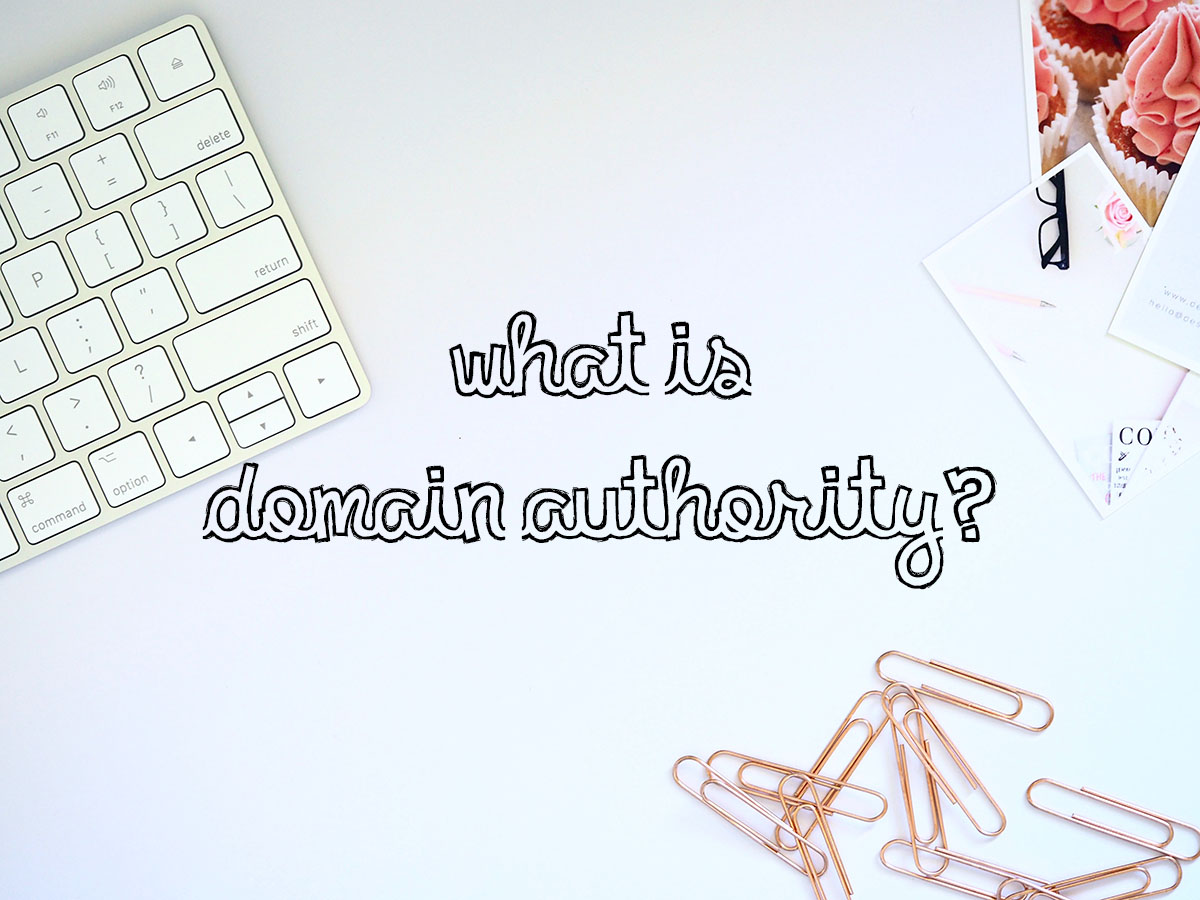Oh boy. If you’re in the blogging world, you’ve probably come across a no follow link or a do follow link before, or perhaps heard of these. Am I right? At first, many of us would look on in confusion with a slight brow furrow as if to say, ‘What the fudge?’. Don’t worry, the difference between follow vs no follow links isn’t obvious to begin with, but trust me when I say it’s easy to understand and play along with once you have the know-how.
In today’s post I’m going to answer your two main questions:
What is a do follow link?
What is a no follow link?
Then, I’m going to tell you when it’s best practice to use either one on your blog. Then, I’ll show you how to make a link a no follow link using the rel no follow attribute/value.
Quick tip – to really help you understand how these two links work, it’s good to have an understanding on how different types of links work in the world of SEO. Check out my guide to SEO links – whether it’s before or after this post is up to you!
Now, let’s crack on.
What is a Do Follow Link?
When you link to a page, whether on your own site or another domain, that page benefits from that link you’ve provided them with. This is what I’ve heard be referred to as ‘SEO juice’ sometimes – it essentially gives them a little push up the SEO ladder. Therefore, a follow link is what gives the page you’re linking to a boost in rankings.
The more links a page has pointing to it, the more search engines are going to think, “hmm, this must be some quality content. Let’s give it the ranking it deserves!”.
What is a No Follow Link?
A no follow link is the opposite. If you point a no follow link to a page, that page receives nothing regarding this “SEO juice” I mentioned. It simply sends traffic to the page, but gives it no boost in rankings. Below is how to make a link a no follow link using the rel nofollow attribute/value:
<a href=”http://www.kacaton.co.uk/” rel=”nofollow”>Kay Caton UK Blog</a>
When you view your page or post in HTML view, you will view your no follow link like the one above. If a link were a follow link, it would just look like the one below:
<a href=”https://kaycaton.co.uk/”>Kay Caton UK Blog</a>
A follow link simply doesn’t contain rel=”nofollow”. Adding this does nothing to the links performance – it will still click through to where you’ve asked it to and it’ll look no different to the front-end user. In basic terms, when you place the above attribute/value into a hyperlink, you’re telling search engines to ignore any value that link would’ve originally given a page.
Are you with me still?
When would you use a No Follow Link?
Good question. It’s important to understand when you should be using rel no follow. To make it clear, when linking internally to other pages and posts on your own blog, always use your standard follow link. Cross-linking within your blog does not tie-in with this section and does not require a no follow.
Google makes it crystal clear within its guidelines that any link within a sponsored post is redeemed ‘paid for’. Therefore that link should be made no follow. So, let me put it this way: have you ever had an agency contact you with this ‘amazing‘ opportunity to offer you £30 or less to place a follow link onto your blog, pointing to their client?
I think the vast majority of bloggers reading this can admit they’ve received something along those lines.
Agencies are perfectly aware of the consequences of combining follow links and paid work (I explain this below), but are willing to take the risk. Mainly it’s because their client knows no different and should be reading this post, but agencies simply request what their client wants.
Therefore, if you have been paid to write content which includes a link to that company, you should make the link a no follow. The same applies if you’ve been gifted a product. If you’ve written a review of a gifted product, the link you place within your review should also be no follow. You may not be paid via currency, but the product in question has monetary value.
If you’re simply talking about something organically, let’s say you want to link to a post on someone else’s site that is highly relevant. Google will see this as highly relevant, so will accept do follow links.
I hope this helps you out in some way or another. I was once completely new to all of this, hence why I want to share what I’ve learned (learnt? I still have no clue) to date.



[…] – a do follow link would be more beneficial to you though (check out my post on Do Follow and No Follow Links for more information). NOTE: only guest post on blogs which are actually relevant to you – if […]
[…] that link and therefore the content which sits within it. So if you set any internal links as No Follow links, you’re basically telling Google to not crawl parts of your own […]